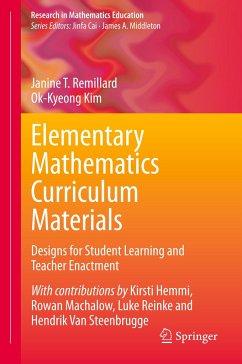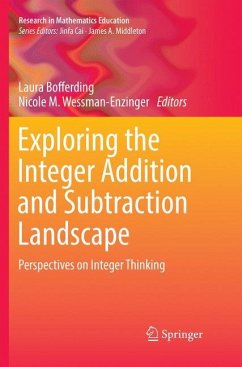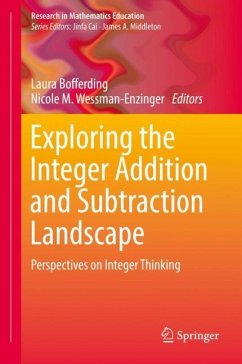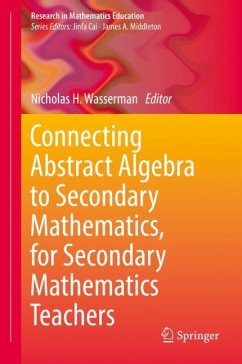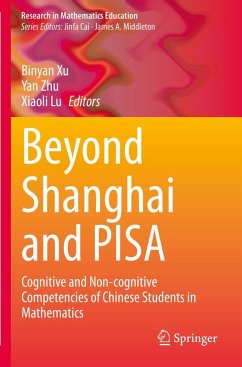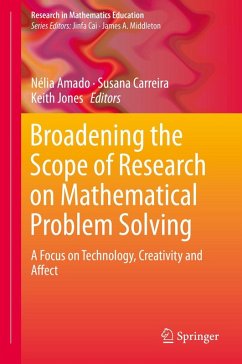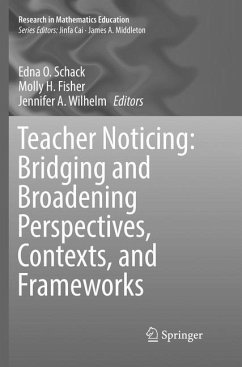
Elementary Mathematics Curriculum Materials
Designs for Student Learning and Teacher Enactment
Mitarbeit: Machalow, Rowan; Hemmi, Kirsti; Reinke, Luke; Van Steenbrugge, Hendrik
Versandkostenfrei!
Versandfertig in 6-10 Tagen
121,99 €
inkl. MwSt.
Weitere Ausgaben:

PAYBACK Punkte
61 °P sammeln!
The book presents comparative analyses of five elementary mathematics curriculum programs used in the U.S. from three different perspectives: the mathematical emphasis, the pedagogical approaches, and how authors communicate with teachers. These perspectives comprise a framework for examining what curriculum materials are comprised of, what is involved in reading and interpreting them, and how curriculum authors can and do support teachers in this process. Although the focus of the analysis is 5 programs used at a particular point in time, this framework extends beyond these specific programs ...
The book presents comparative analyses of five elementary mathematics curriculum programs used in the U.S. from three different perspectives: the mathematical emphasis, the pedagogical approaches, and how authors communicate with teachers. These perspectives comprise a framework for examining what curriculum materials are comprised of, what is involved in reading and interpreting them, and how curriculum authors can and do support teachers in this process. Although the focus of the analysis is 5 programs used at a particular point in time, this framework extends beyond these specific programs and illuminates the complexity of curriculum materials and their role in teaching in general. Our analysis of the mathematical emphasis considers how the mathematics content is presented in each program, in terms of sequencing, the nature of mathematical tasks (cognitive demand and ongoing practice), and the way representations are used. Our analysis of the pedagogical approach examines explicit and implicit messages about how students should interact with mathematics, one another, the teacher, and the textbook around these mathematical ideas, as well as the role of the teacher. In order to examine how curriculum authors support teachers, we analyze how they communicate with teachers and what they communicate about, including the underlying mathematics, noticing student thinking, and rationale for design elements. The volume includes a chapter on curriculum design decisions based on interviews with curriculum authors.





